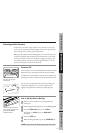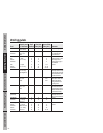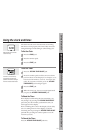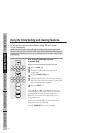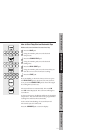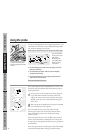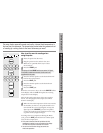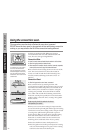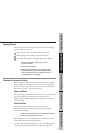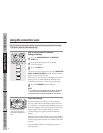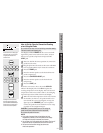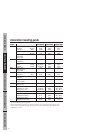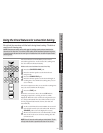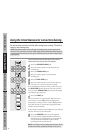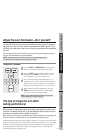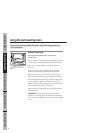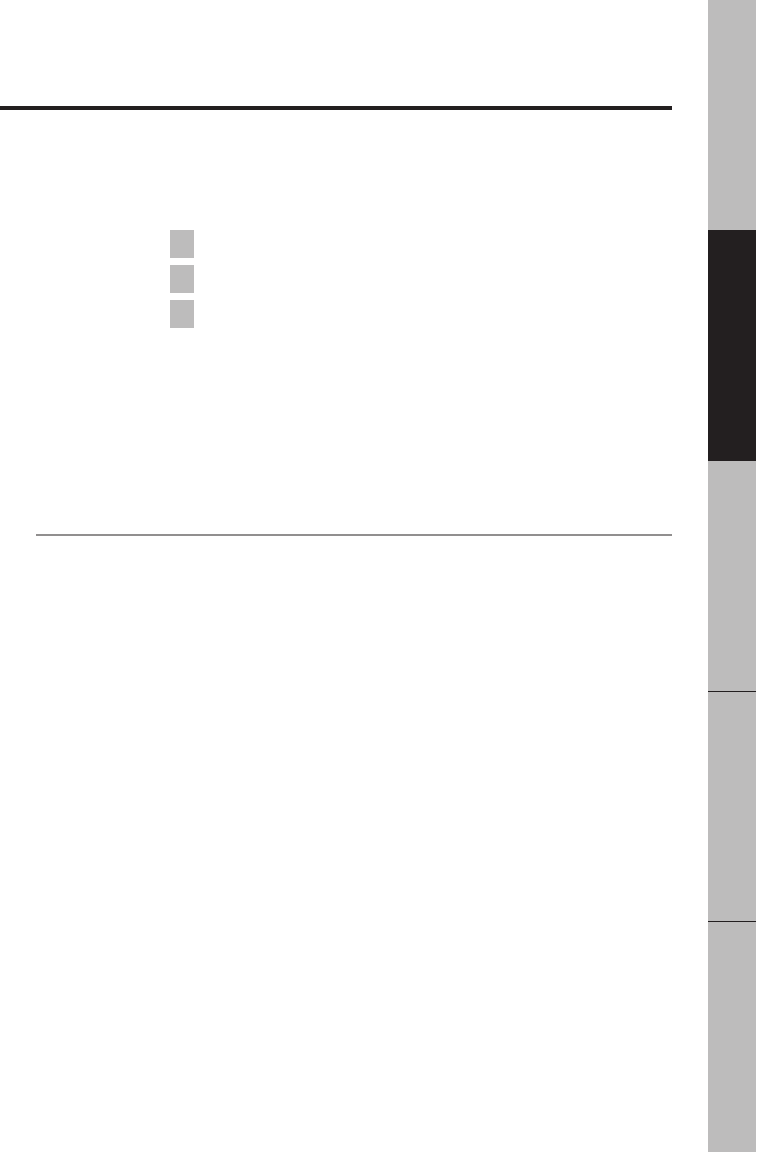
31
Troubleshooting TipsInstallation Instructions Customer ServiceOperating InstructionsSafety Information
You can use your favorite recipes in the convection oven. Recipe
conversion is as easy as 1, 2, 3.
When roasting, reduce normal roasting time by 25%.
When baking, reduce baking temperature by 25°F.
No need to preheat when cooking longer than 15 minutes.
■
For more information on adapting recipes, see the
Convection Cookbook.
■
Use pan size recommended.
■
Some package instructions for frozen casseroles or main
dishes have been developed using commercial convection
ovens. For best results in this oven, preheat the oven and
use the temperature on the package.
3
2
1
Adapting Recipes…
Before using your convection oven, check to see if your cookware
leaves room for air circulation in the oven. If you are baking with
several pans, leave space between them. Also, be sure the pans do
not touch each other or the walls of the oven.
Paper and Plastic
Heat-resistant paper and plastic containers that are recommended
for use in regular ovens can be used in convection ovens.
Plastic cookware that is heat-resistant to temperatures of 400°F.
can also be used.
Metal and Glass
Any type of cookware will work in your convection oven.
However, metal pans heat the fastest and are recommended
for convection baking.
■
Darkened or matte-finished pans will bake faster than shiny pans.
■
Glass or ceramic pans cook more slowly.
When baking cookies, you will get the best results if you use a flat
cookie sheet instead of a pan with low sides.
For recipes like oven-baked chicken, use a pan with low sides. Hot
air cannot circulate well around food in a pan with high sides.
Cookware for Convection Cooking



